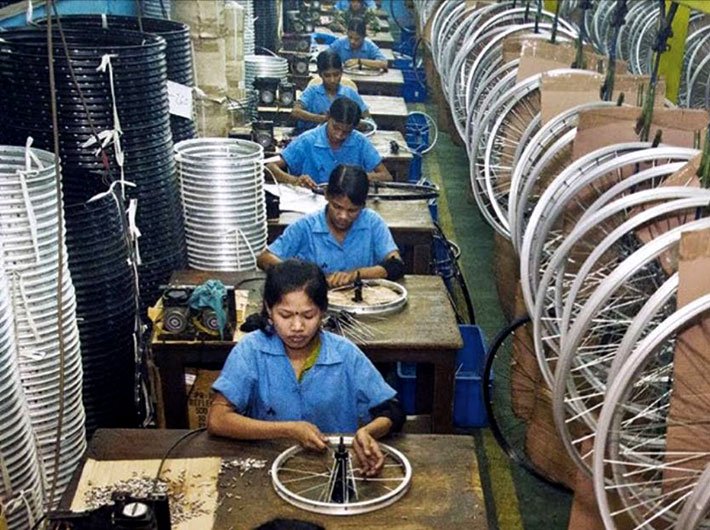India faces the challenge of further accelerating the responsiveness of poverty reduction to growth
In India, GDP growth will remain strong at 7.6 percent in 2016 and 7.7 percent in 2017, supported by expectations of a rebound in agriculture, civil service pay reforms supporting consumption, increasingly positive contributions from exports and a recovery of private investment in the medium term, the World Bank said in its latest report on South Asia Economic Focus.
“However, India faces the challenge of further accelerating the responsiveness of poverty reduction to growth, promoting inclusion, and extending gains to a broader range of human development outcomes related to health, nutrition, education and gender,” it added.
South Asia has defied a sluggish world economy and solidified its lead as the fastest growing region in the world in 2016. Led by solid performance in India, economic growth is expected to gradually accelerate from 7.1 percent in 2016 to 7.3 percent in 2017.
According to the twice-a-year, South Asia Economic Focus, the region remains a global growth hotspot and has proven resilient to external headwinds such as China’s slowdown, uncertainty around stimulus policy in advanced economies, and slowing remittances. The main challenges remain domestic, and include policy uncertainty as well as fiscal and financial vulnerabilities.
"A reality check reveals that private investment – a key future growth driver across South Asia – is yet to be ignited to sustain and further increase economic growth,” said Annette Dixon, World Bank South Asia Region’s vice president. “Countries will need to activate the full potential of private investment and exports to accelerate economic activity further, reduce poverty and boost prosperity.”
Given its weight in the region, India sets the pace for South Asia as a whole. Its economic activity is expected to accelerate to 7.7 percent in 2017, after maintaining a solid 7.6 percent in 2016. This performance is based on solid growth contributions from consumption – boosted by normal monsoon and civil service pay revisions. Over the medium term, accelerated infrastructure spending and a better investment climate may help increase private investment and exports.
ALSO READ: India has world’s largest number of poor: World Bank
A reality check on the state of private investment in South Asia shows that the region has fallen short of expectations. Mobilising domestic savings remains key at the aggregate level. However, remittances and foreign direct investment prove very effective on a per-dollar basis, and the region should make the most of them. India can further rely on public infrastructure to crowd-in private investment, while finance may constrain investment in Pakistan.
The business cycle matters all across the region, providing a potential accelerator from GDP growth to investment growth. Ultimately, the investment climate sets the broader stage. But, most South Asian economies suffer from a challenging business environment and some are subject to broader uncertainty and insecurity, which is detrimental to investor confidence.
“Political economy risks are widespread across South Asia, and uncertainty will need to be managed, particularly with a view to creating an attractive environment for domestic and foreign investment alike,” said World Bank South Asia Region’s chief economist Martin Rama. “Delivering the necessary energy, infrastructure, and regulatory improvements remains critically important to increasing private investment, thus boosting job creation and reducing poverty.”
Read the complete report here
